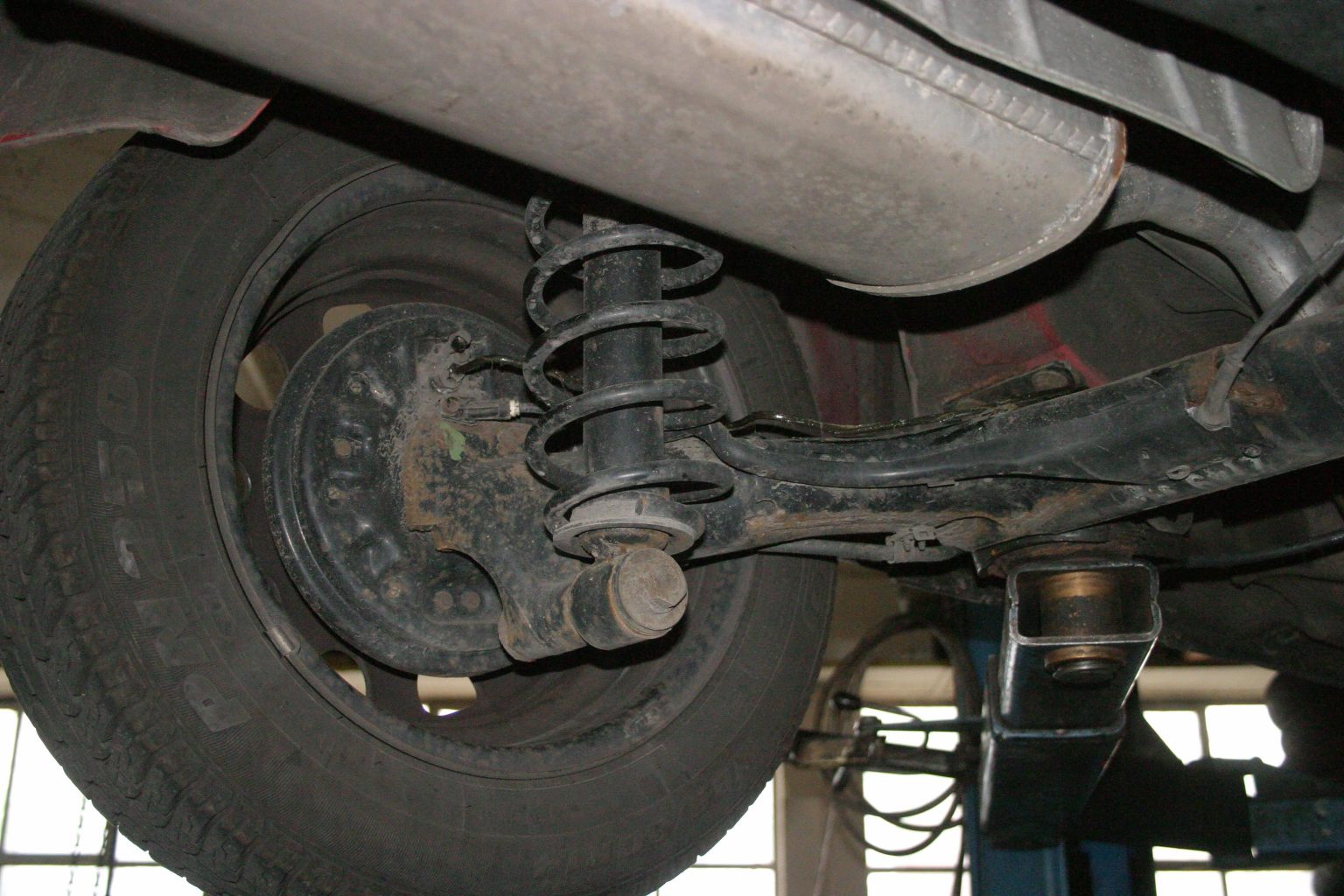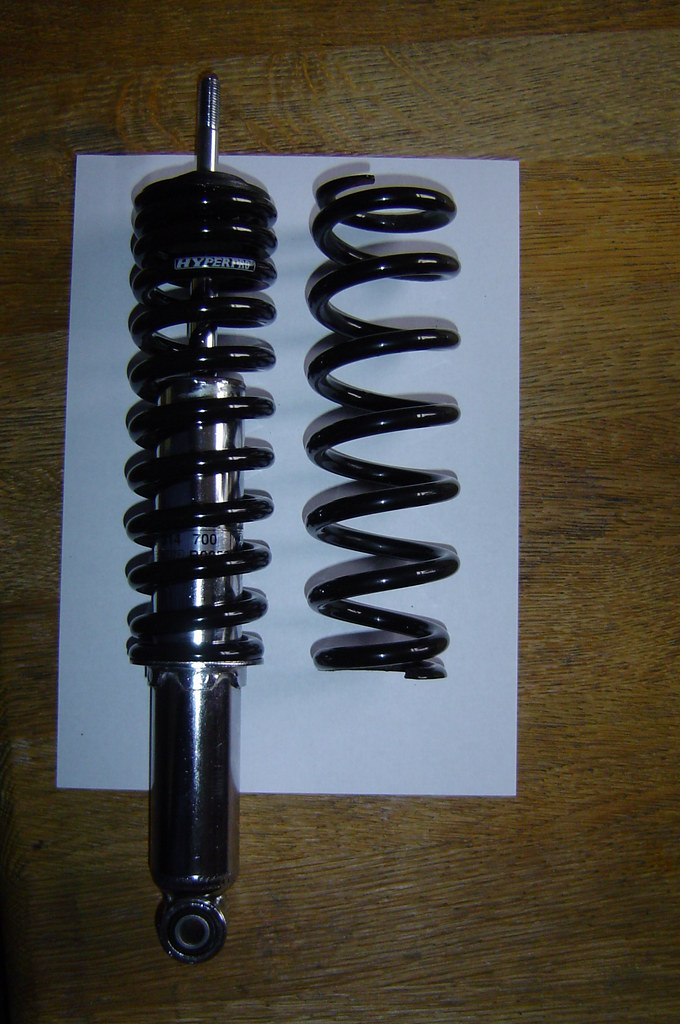In the life of every vehicle, there comes a time when parts need replacement due to wear and tear. Coil springs, a vital component of your car’s suspension system, are no exception. These springs are essential for absorbing the shocks and bumps of the road, ensuring your ride is smooth and your handling sharp. But how can you tell when it’s time for a change? Let’s explore the signs that indicate your coil springs need attention and why timely replacement is crucial for your vehicle’s health and your safety.
Understanding Coil Springs and Their Importance
Coil springs are integral to your vehicle’s suspension system, designed to absorb the impact of road irregularities, contributing to a comfortable ride and stable handling. They support your car’s weight, maintain tire contact with the road, and help manage vehicle height and alignment. Over time, however, springs can wear out or become damaged, leading to a range of performance and safety issues.
Recognizing the Need for Replacement

Visual Signs of Wear
Routine inspections are your first line of defense in identifying worn coil springs. Visible cracks, rust, or sagging are clear indicators that the springs are past their prime. A compressed spring, appearing significantly shorter than its counterpart on the vehicle’s other side, signals it’s time for a replacement.
Unusual Noises
Listen for squeaking, groaning, or clunking noises from your vehicle’s corners as you navigate turns or bumps. These sounds can indicate that the springs are failing, potentially leading to unsafe metal-on-metal contact or the suspension bottoming out.
Uneven Tire Wear
Since coil springs affect wheel alignment and stability, uneven tire wear can be a symptom of failing springs. If one side of your tire wears down faster than the other, it’s time to check your suspension, starting with the coil springs.
Reduced Handling and Stability
A decline in your vehicle’s handling or an increase in body roll during corners can indicate weakened coil springs. As springs deteriorate, they can no longer support the vehicle’s weight effectively, affecting performance and safety.
Decreased Ride Height
A noticeable drop in your vehicle’s ride height, especially if it leans to one side, often points to failing coil springs. This sagging effect results from springs losing their tension and compressive strength.
The Impact of Neglecting Coil Spring Replacement
Ignoring worn or damaged coil springs can lead to a domino effect of automotive issues. Beyond accelerated tire wear and misalignment, you might face a compromised suspension system, reduced handling precision, and an increased risk of accidents. Furthermore, the additional strain on your suspension can cause other components to fail sooner, leading to more extensive and costly repairs.
A Final Word on Safety and Performance
Maintaining your vehicle’s coil springs in top condition is crucial for safety, comfort, and performance. Regular inspections and timely replacements prevent more significant problems down the road, ensuring your vehicle remains a reliable, enjoyable, and safe mode of transportation.
Elevating Your Ride’s Health
Proactively managing the health of your coil springs through regular inspections and replacements not only improves your driving experience but also extends the life and safety of your vehicle. Keep an eye out for the signs of wear and consult with a professional mechanic for a thorough assessment. By staying ahead of maintenance, you ensure that your vehicle remains in prime condition, ready to handle whatever the road throws your way.
Maintaining and replacing coil springs, as needed, is more than just a matter of routine vehicle upkeep—it’s a commitment to the safety and reliability of your car. Whether you’re a daily commuter or an automotive enthusiast, understanding the critical role of coil springs and recognizing the signs of wear are essential steps in vehicle maintenance. By ensuring your suspension system, including coil springs, is in optimal condition, you not only safeguard your investment but also enhance your driving experience, proving that a little attention to detail goes a long way in automotive care.

